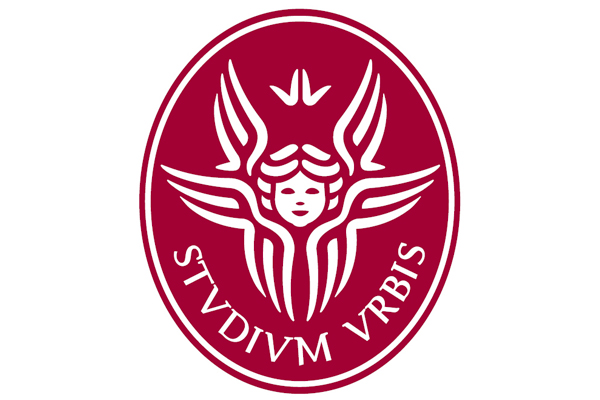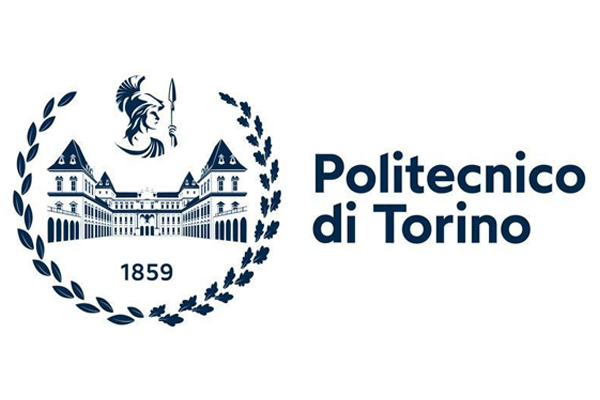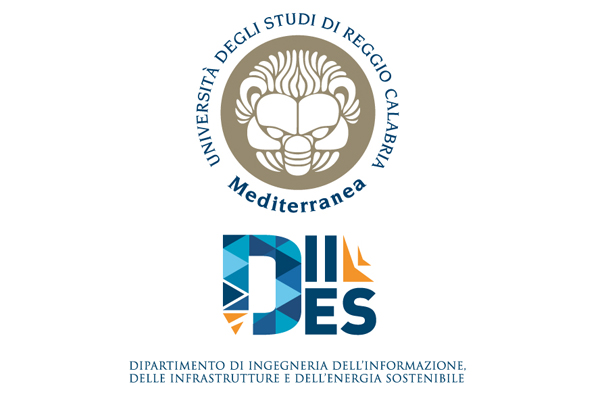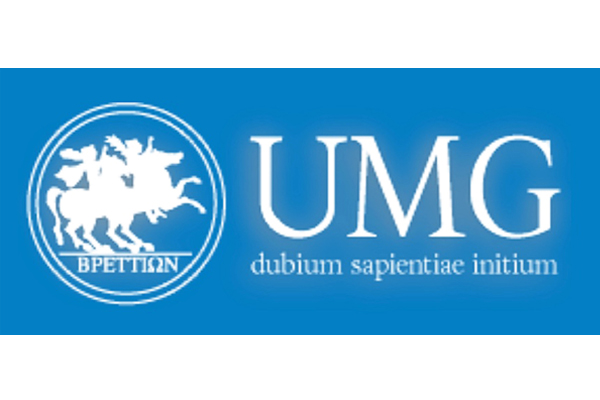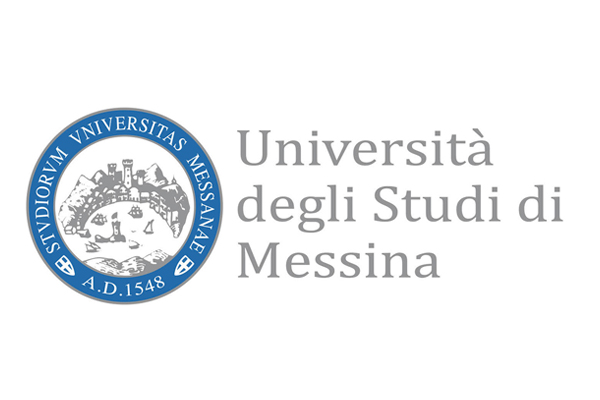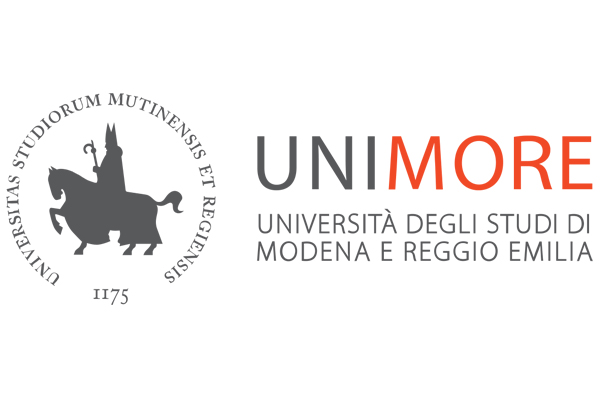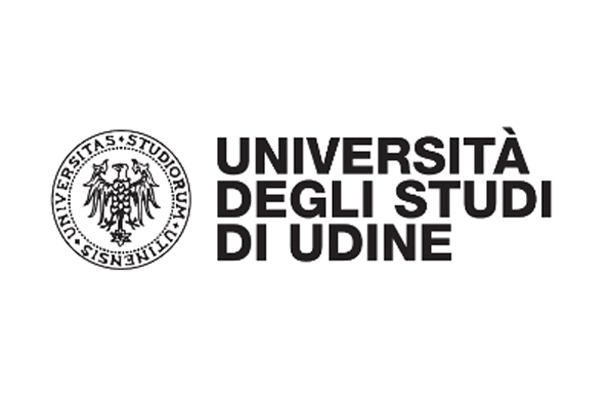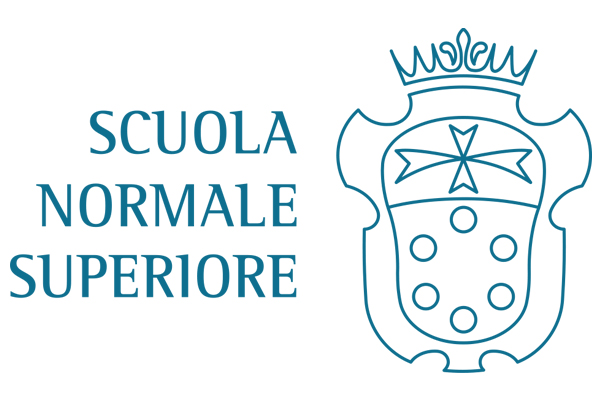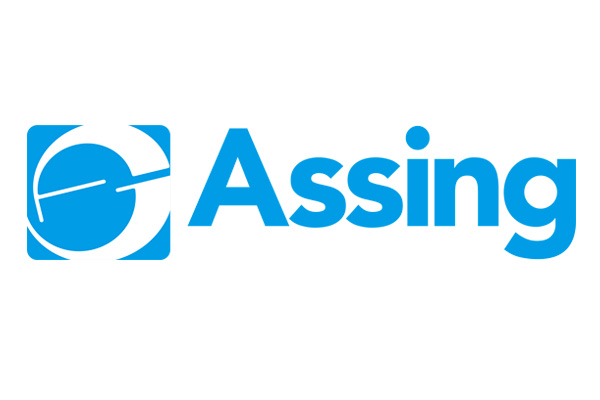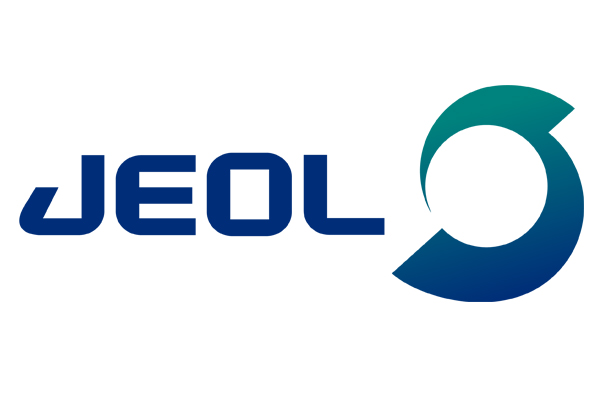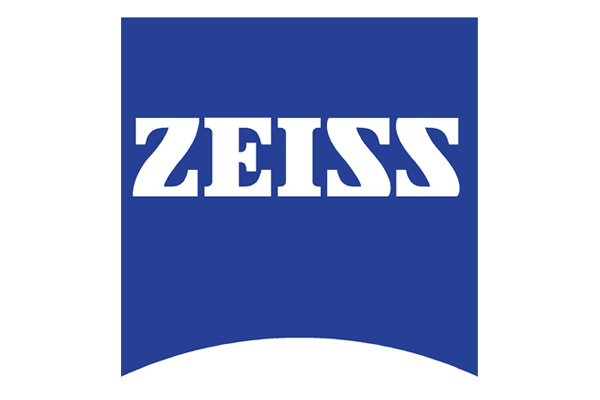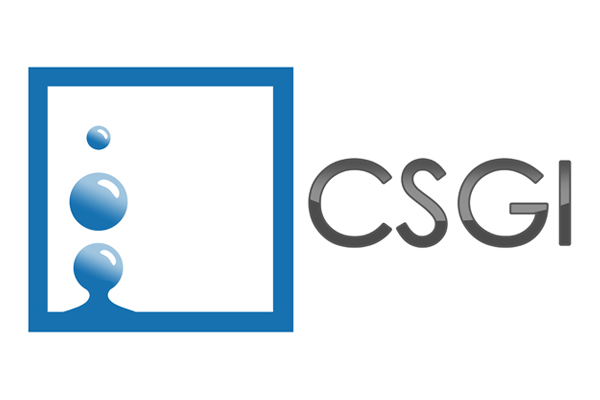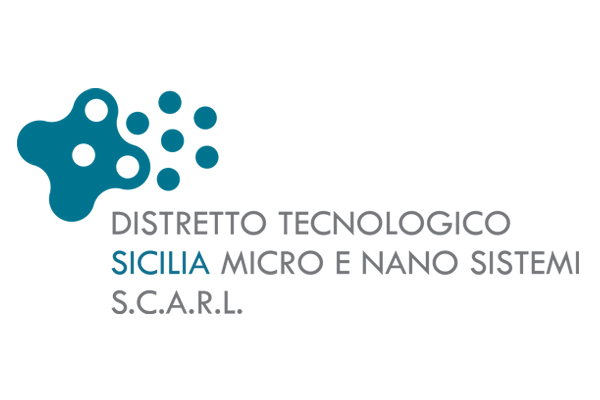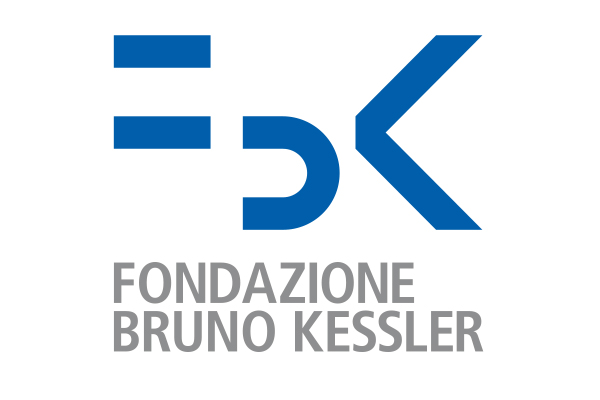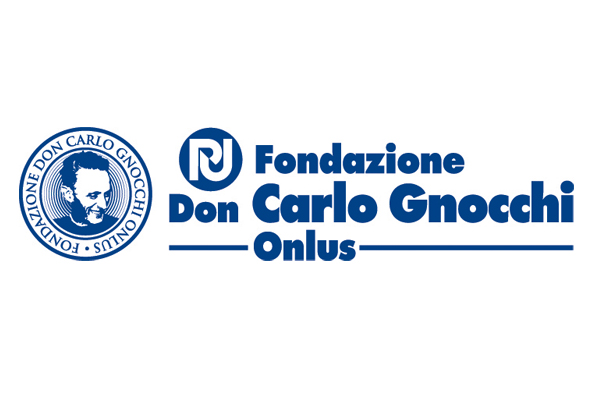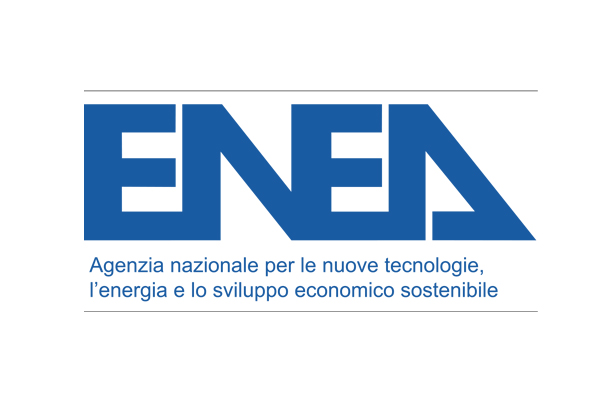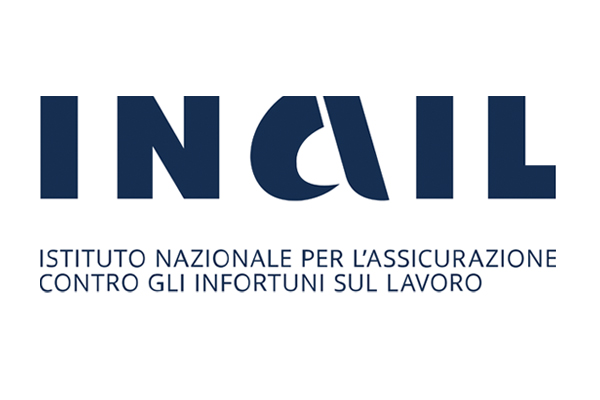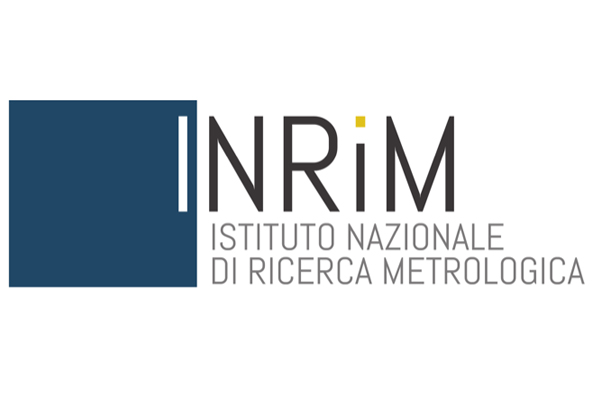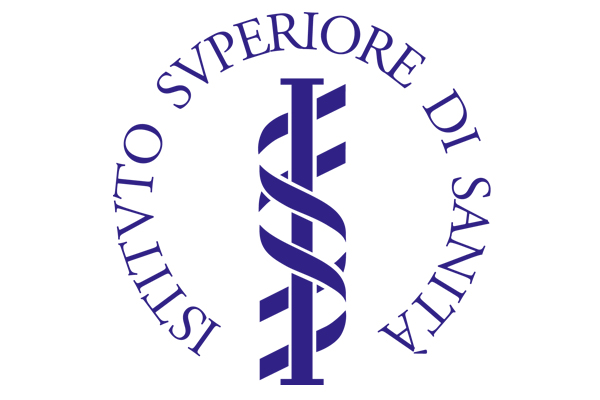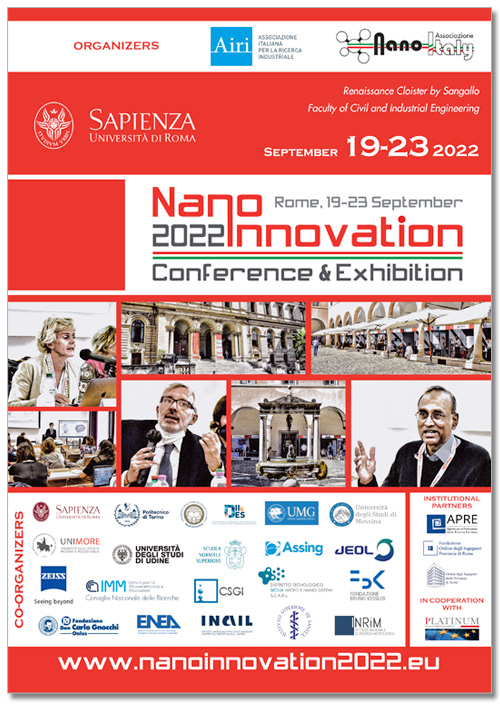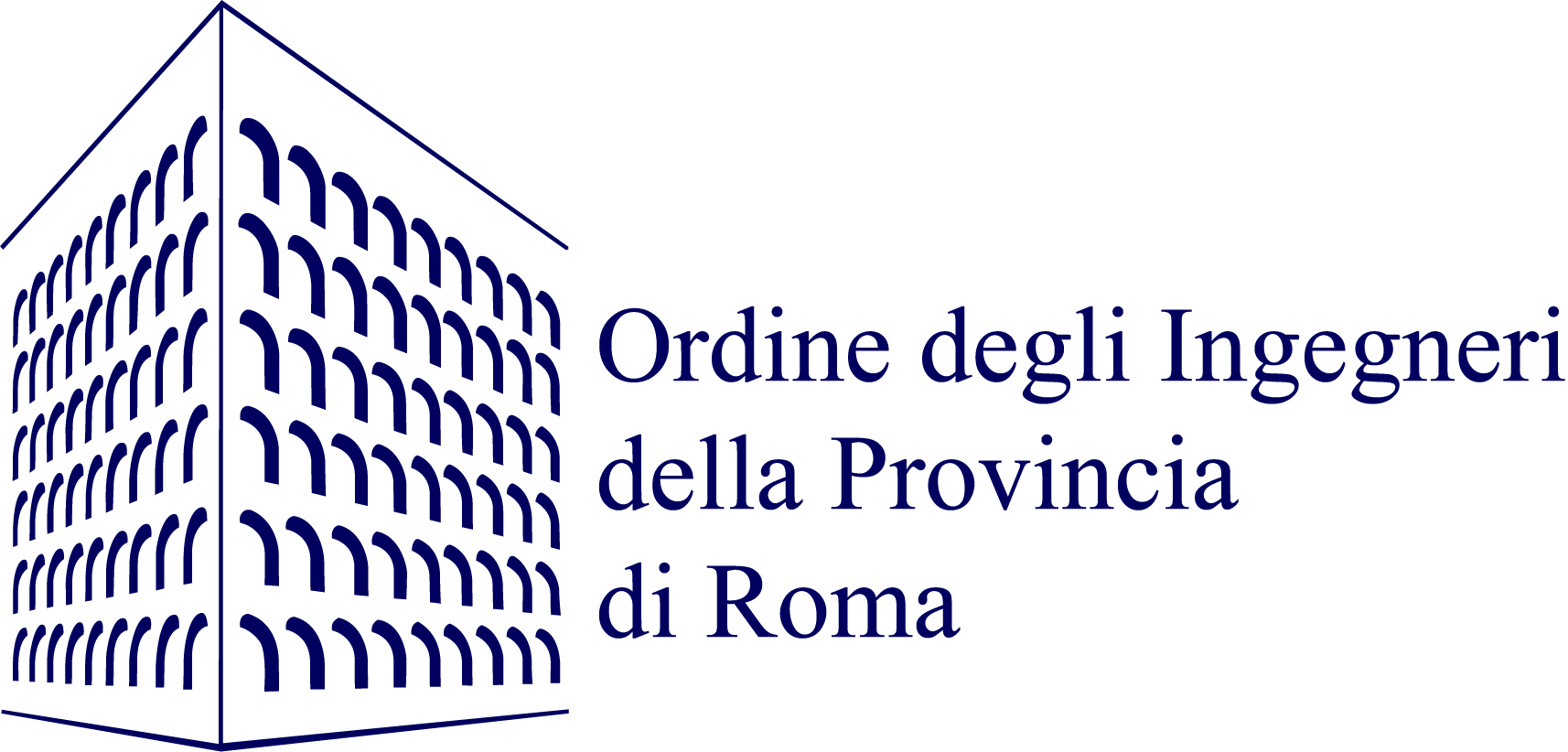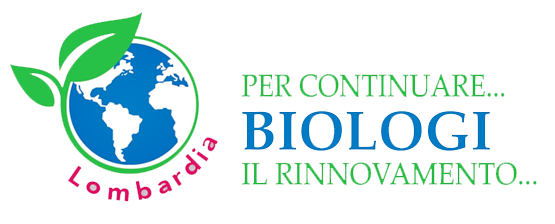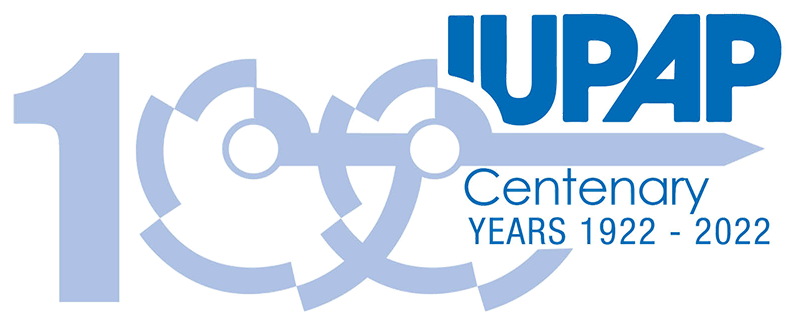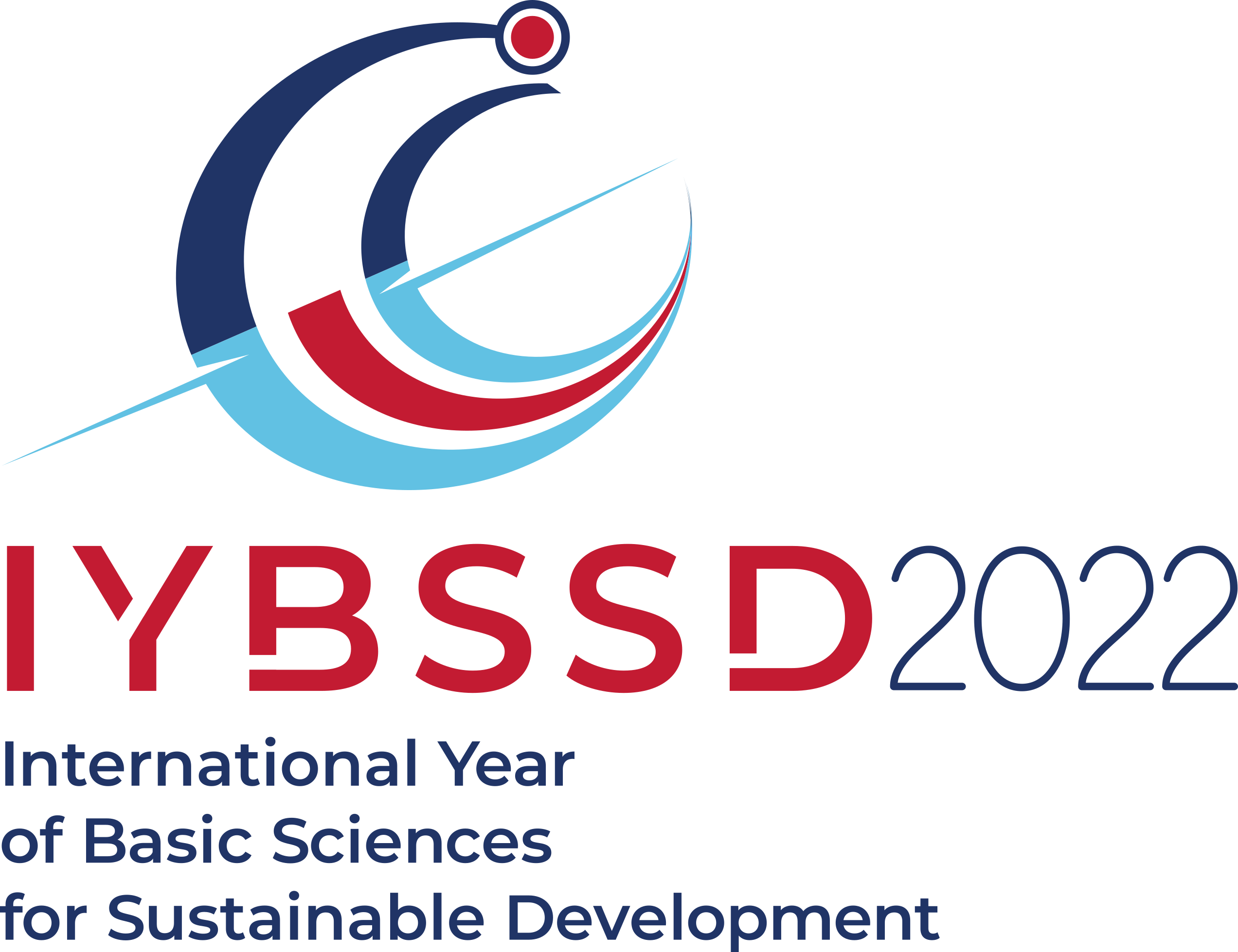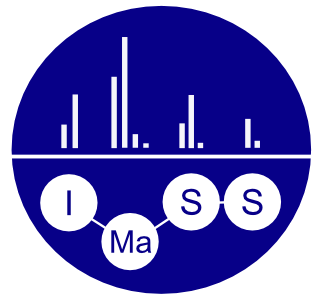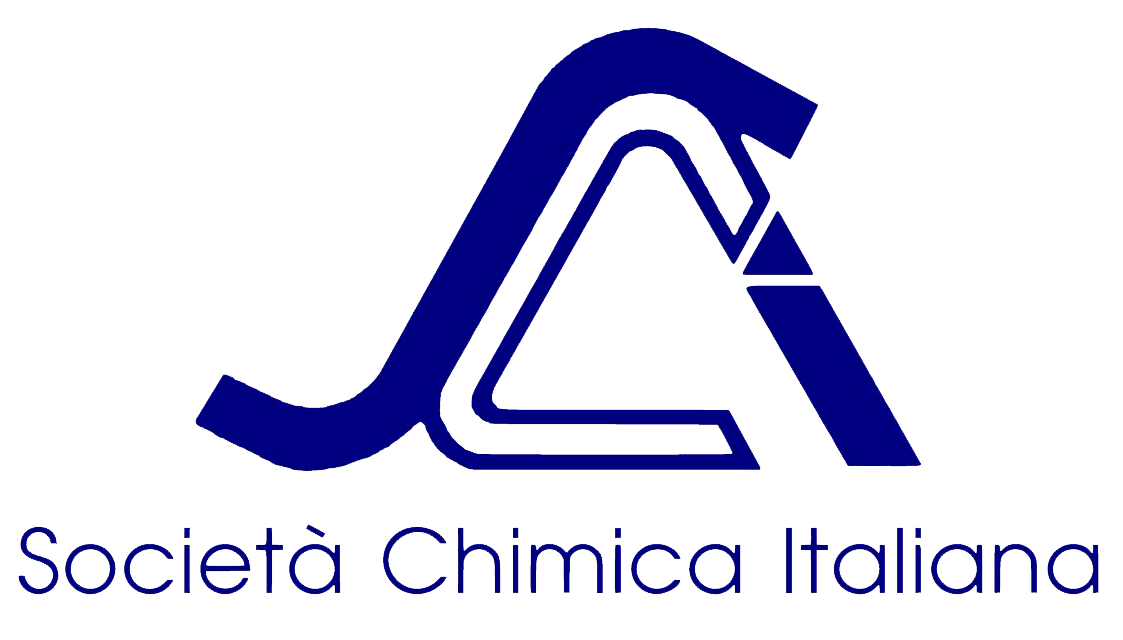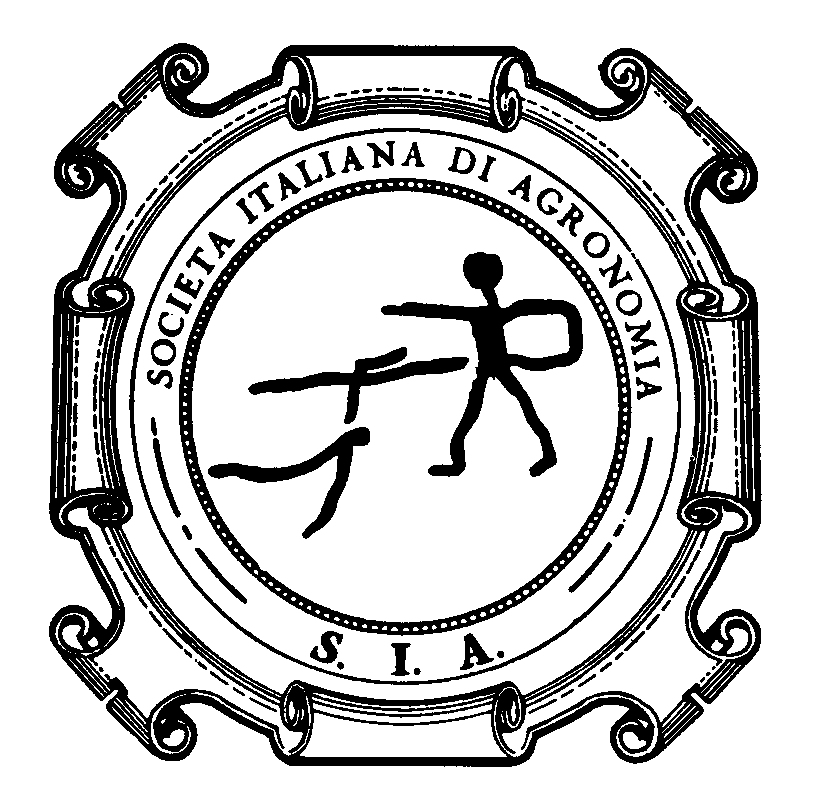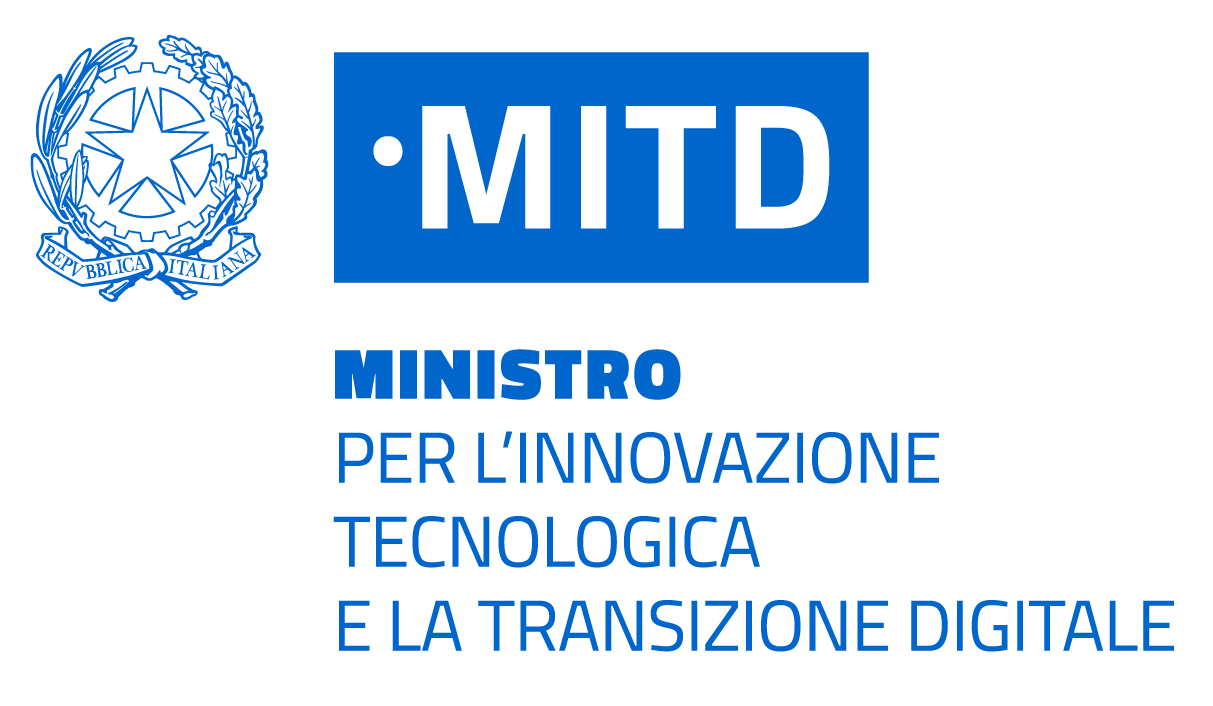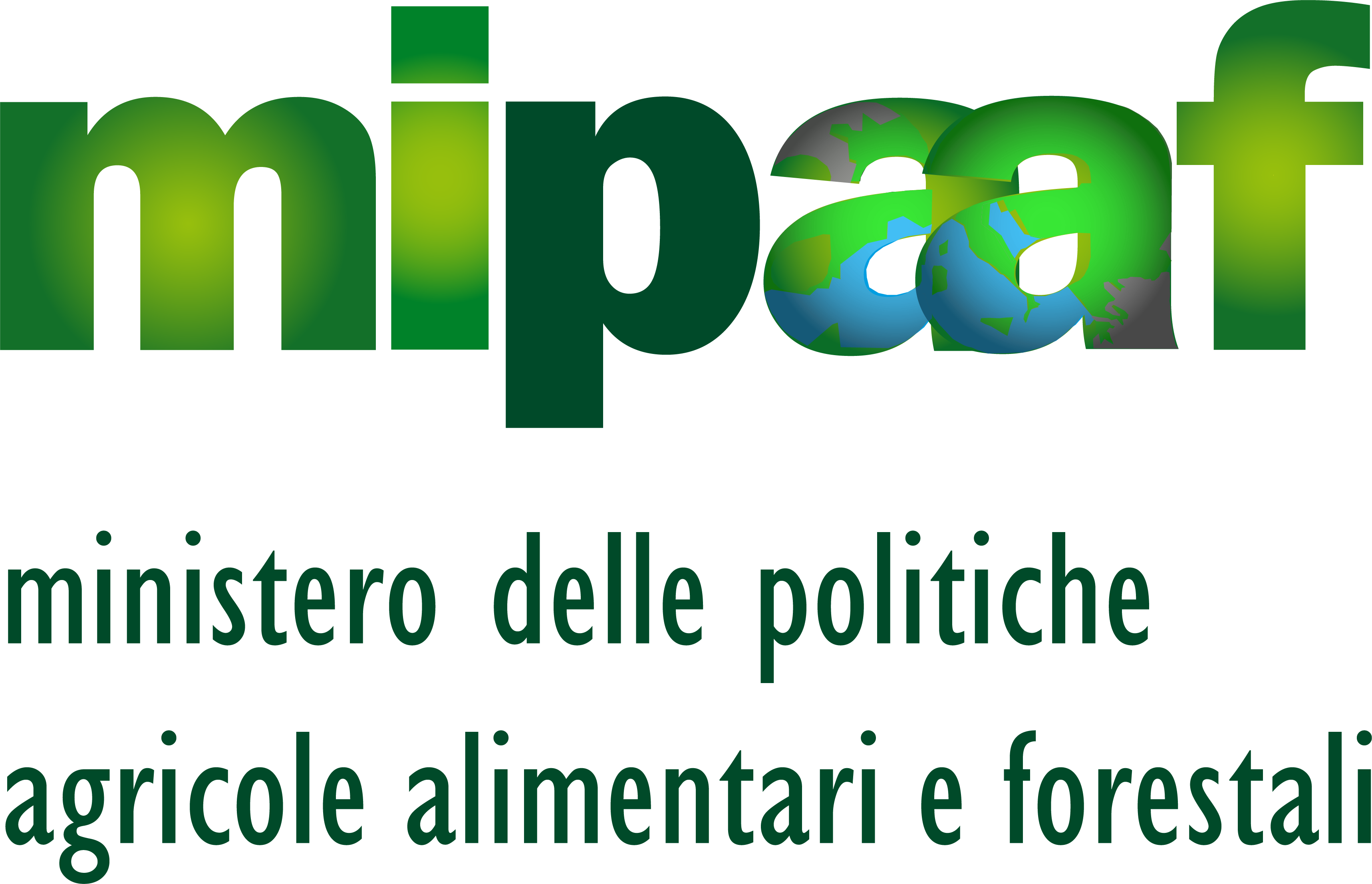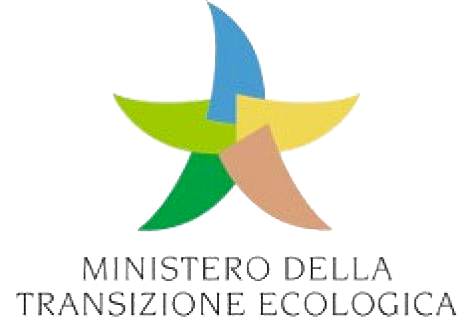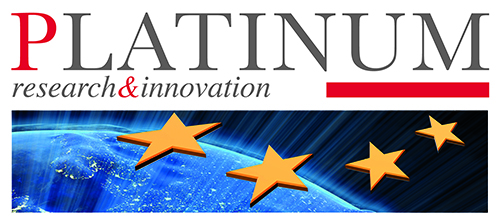Innovation for the energy transition
|
INNOVATION FOR THE ENERGY TRANSITION September 21 - 22 |
|||||||
| Co-organized with: |
|||||||
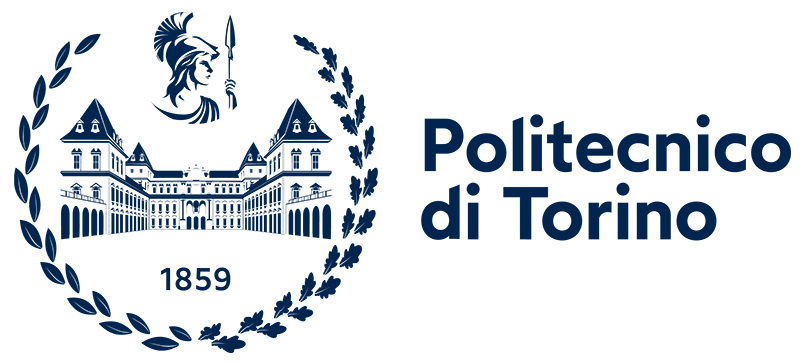 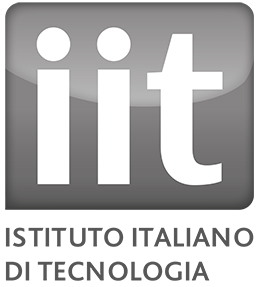 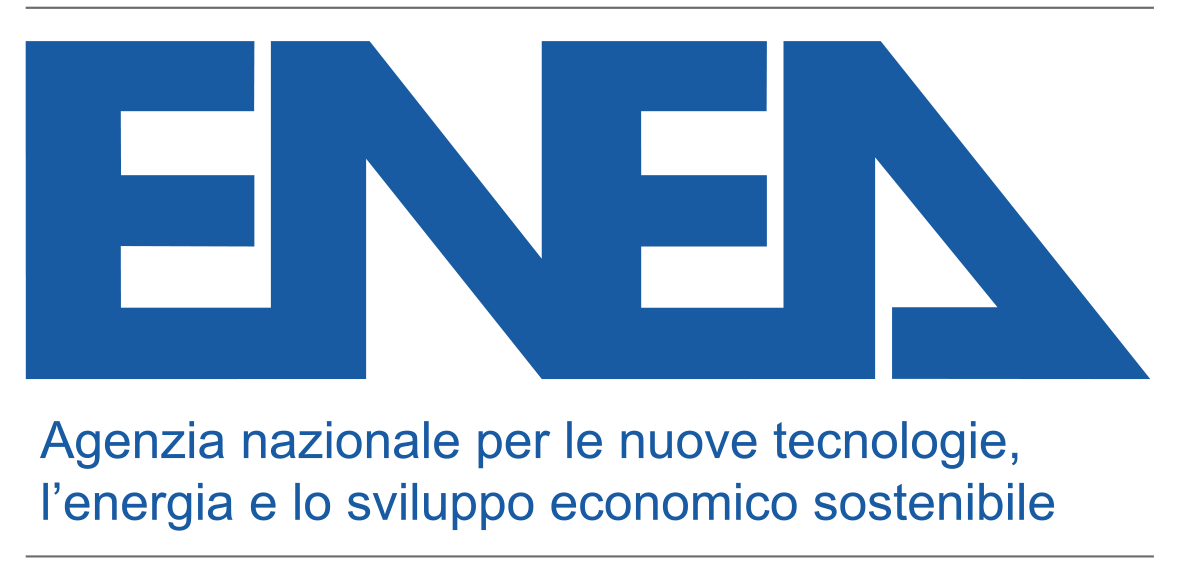 |
|||||||
|
WORKSHOP COMMITTEE |
|||||||
|
In recent years, the negative impact of anthropogenic CO2 emissions on our planet’s climate has motivated a progressive transition from a global energy scenario heavily reliant on fossil fuels to one based on environmentally benign, renewable energy sources. Several studies highlighted that advanced nanomaterials and nanotechnology have the potential to achieve a breakthrough in the development of novel applications for a sustainable future and for the energy transition. This workshop gathers contributions from both the academic and industrial world to strengthen their synergistic contribution to technological growth for sustainability. Renewable energy sources produce energy following a mostly unpredictable pattern, linked to meteorological winds and clouds. However, the energy network is rigid and production must closely match consumption daily curves. That implies the necessity to store the mismatched generated energy for later use, a technologically advanced, industrially demanding and scientifically challenging task. Electrochemical energy storage can help to some extent but it is not suited for long term high power GW systems. Hydrogen can be seen as an ideal energy vector, that faces however the issue of storage and requires efficient generation and compression. While the long-term solution is abandoning fossil fuels for renewable sources, it has been shown that in the short-to-medium term conventional fuels will still be used and CO2 emissions will have to be compensated for. In this scenario, one of the most interesting and challenging strategies to mitigate the disastrous effect of carbon dioxide on earth’s climate, is to consider CO2 as valuable raw material to obtain value-added fuels and chemicals through its photo/electrochemical reduction (CO2RR). The key challenge for this application is to develop highly selective, stable, efficient, environmental-friendly and inexpensive photo/electrocatalysts. Combining H2 and CO2 technologies is also emerging as a positive strategy for a progressive and economically sustainable energy transition, capable to reduce fuels’ impact on the environment, while still granting their use where necessary. Moreover, it’s worth noting that the scenario appears strategically suited for Italy, that has several mayor and technologically advanced gas industries, a capillary methane distribution system and erratic meteorological patterns while it has abandoned the alternative nuclear energy. LCA is finally vital to understand if technologies proposed by researchers are, however fascinating for the layman and for the legislator, overall counterproductive for the planet. In all the boiling mix of ideas that are currently emerging in the landscape, we suggest that a few major, plurennial, country size, research programs should be activated for exploiting some long term technological and scientific developments in the field. |
|||||||
| ROOM 1 | |||||||
| September 21 |
|||||||
| 09:00 - 10:30 Hydrogen as an energy vector for the future mobility WS.I.1 - TT.I.A |
|||||||
| Chair: Marzia QUAGLIO, Polytechnic University of Turin | |||||||
| WS.I.1.1 TT.I.A.1 |
Mauro SGROI - CV (currently at Stellantis) Integrating hydrogen and batteries for future transport: an industrial point of view |
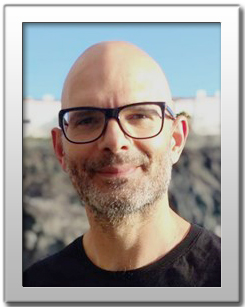 |
 |
||||
| WS.I.1.2 TT.I.A.2 |
Romualdo RUOTOLO - CV PUNCH Hydrocells The Hydrogen Engine as Enabler to Decarbonize Mobility |
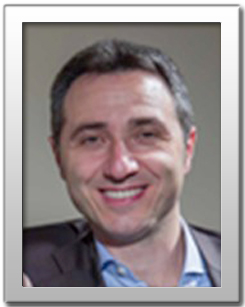 |
 |
||||
| WS.I.1.3 TT.I.A.3 |
Alessandro IANNOTTA - CV API Group Development of hydrogen infrastructures in Italy: IP point of view on transport mobility |
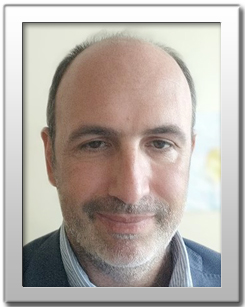 |
 |
||||
| WS.I.1.4 TT.I.A.4 |
Carlo SANTORO - CV University of Milano Bicocca Platinum group metal-free electrocatalysts derived from wastes for fuel cells and electrolyzers |
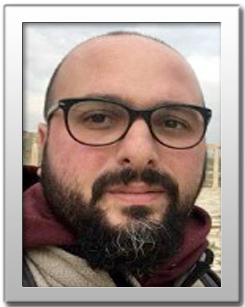 |
 |
||||
| 11:30 - 13:00 The role of Hydrogen for the future energy system WS.I.2 - TT.II.A |
|||||||
| Chair: Elena TRESSO, Polytechnic University of Turin | |||||||
| WS.I.2.1 TT.II.A.1 |
Cristina MAGGI - CV H2IT Ambitions, scenarios and opportunities of using hydrogen for the energy transition |
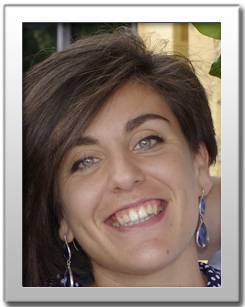 |
 |
||||
| WS.I.2.2 TT.II.A.2 |
Giorgio GIGLIO - CV Polytechnic University of Turin Underground Hydrogen Storage (UHS): A new opportunity for Energy Transition |
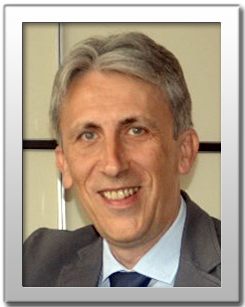 |
 |
||||
| WS.I.2.3 TT.II.A.3 |
Patrick SCILABRA - CV De Nora Group Role of Water Electrolysis in the Energy Transition |
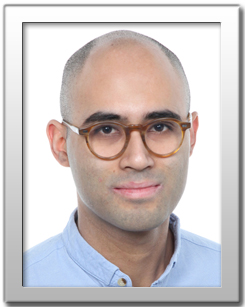 |
 |
||||
| WS.I.2.4 TT.II.A.4 |
Stefano CAON - CV Piedmont Region The Piemonte hydrogen strategy: building a regional path for decarbonization and innovation |
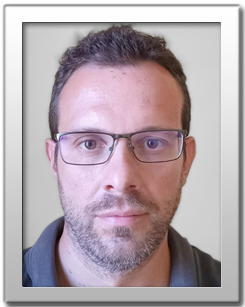 |
 |
||||
| 14:00 - 15:30 Batteries of the future: new generation of scientists sharing innovative ideas - Part 1 WS.I.3 - TT.III.A |
|||||||
| Chair: Margherita MORENO, ENEA | |||||||
| WS.I.3.1 TT.III.A.1 |
Pier Paolo PROSINI - CV ENEA Il Progetto di Ricerca Triennale 2019-2021 dell’ENEA sullo stoccaggio elettrochimico dell’energia The 2019-2021 ENEA project on electrochemical energy storage |
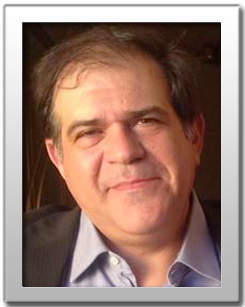 |
 |
||||
| WS.I.3.2 TT.III.A.2 |
Kristina EDSTRÖM Uppsala University, Sweden Battery 2030+ long term research initiative |
 |
 |
||||
| WS.I.3.3 TT.III.A.3 |
Silvia BODOARDO - CV Polytechnic University of Turin Education and Young Scientists engagement in Battery2030+ initiative |
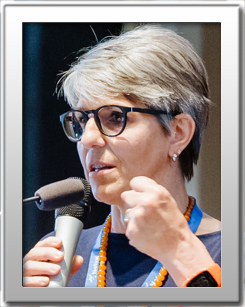 |
 |
||||
| WS.I.3.4 TT.III.A.4 |
Leiting ZHANG - CV Uppsala University, Sweden Towards a sustainable future powered by batteries |
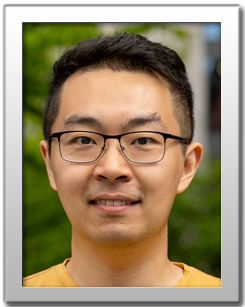 |
 |
||||
| 16:00 - 17:30 Batteries of the future: new generation of scientists sharing innovative ideas - Part 2 WS.I.4 - TT.IV.A |
|||||||
| Chair: Margherita MORENO, ENEA | |||||||
| WS.I.4.1 TT.IV.A.1 |
Sanchari DEB - CV Uppsala University, Sweden Recycling |
 |
 |
||||
| WS.I.4.2 TT.IV.A.2 |
Maria ARNAIZ - CV CICenergigune The role of Academia & Industry towards the Batteries of the Future |
 |
 |
||||
| WS.I.4.3 TT.IV.A.3 |
Laura PARA - CV Polytechnic University of Turin Chemistry and critical raw materials |
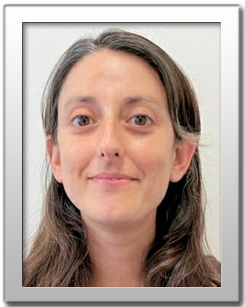 |
 |
||||
| WS.I.4.4 TT.IV.A.4 |
Maciej SMOLIŃSKI - CV University of Warsaw, Poland Social aspects of the new battery manufacturing and worldwide electrification |
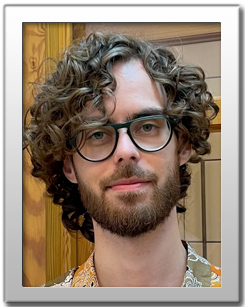 |
 |
||||
| FRESCOES ROOM | |||||||
| September 22 | |||||||
| 09:00 - 10:30 Nanomaterials and Nanotechnology for the virtuous CO2 circle - Part 1 WS.I.5 - TT.V.A |
|||||||
| Chair: Adriano SACCO, IIT Center for Sustainable Future Technologies - CSFT@POLITO | |||||||
| WS.I.5.1 TT.V.A.1 |
Roberto MILLINI - CV ENI Capturing CO2 and Transforming it into Valuable Products |
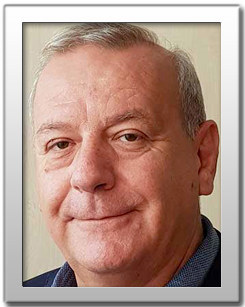 |
 |
||||
| WS.I.5.2 TT.V.A.2 |
Matteo ROMANO - CV Polytechnic University of Milan CCS: an essential ingredient for the energy transition towards net zero |
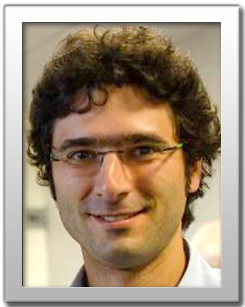 |
 |
||||
| WS.I.5.3 TT.V.A.3 |
Candido Fabrizio PIRRI - CV Polytechnic University of Turin, IIT Center for Sustainable Future Technologies - CSFT@POLITO Strategies for the CO2 valorisation at the Centre for Sustainable Future Technologies (IIT) |
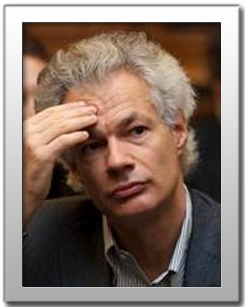 |
 |
||||
| WS.I.5.4 TT.V.A.4 |
Esther SANTOS - CV APRIA System, Spain Breakthrough zero-emission technologies for energy transition: APRIA showcase |
 |
 |
||||
| WS.I.5.5 TT.V.A.5 |
Mario FORGNONE, Saipem SpA - CV The key role of carbon capture technologies in clean energy transition and a successful ccus case history – saint felicien plant (qc, canada) using enzymatic carbon capture absorbent process |
 |
 |
||||
| 11:30 - 13:00 Nanomaterials and Nanotechnology for the virtuous CO2 circle - Part 2 WS.I.6 - TT.VI.A |
|||||||
| Chair: Michele RE FIORENTIN, IIT Center for Sustainable Future Technologies - CSFT@POLITO | |||||||
| WS.I.6.1 TT.VI.A.1 |
Hannes JÓNSSON - CV University of Iceland, Iceland Calculations of the mechanism and rate of CO2 electrochemical reduction to form fuel and/or chemical feedstock |
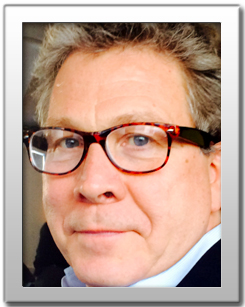 |
 |
||||
| WS.I.6.2 TT.VI.A.2 |
Damien VOIRY - CV University of Montpellier, France Conversion of CO2 using electrochemical flow processes |
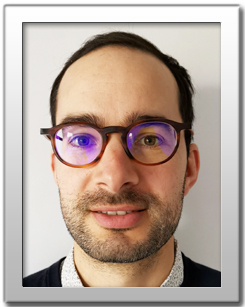 |
 |
||||
| WS.I.6.3 TT.VI.A.3 |
Francesca RISPLENDI - CV Polytechnic University of Turin The importance of a synergistic theoretical and experimental approach to design efficient electrochemical CO2 reduction catalysts |
 |
 |
||||
| WS.I.6.4 TT.VI.A.4 |
Amin FARKHONDEHFAL - CV VITO, Belgium Development and upscaling of gas diffusion electrodes for CO2 reduction and electrosynthesis of chemicals |
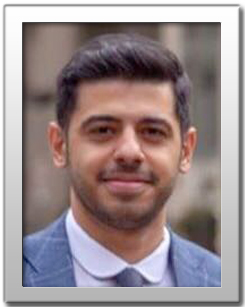 |
 |
||||
| 14:00 - 15:30 Advances in the field of carbon capture and storage technologies WS.I.7 - TT.VII.A |
|||||||
| Chair: Stefano STENDARDO, ENEA | |||||||
| WS.I.7.1 TT.VII.A.1 |
Enrico PARIS Sapienza University of Rome Sorption Enhanced Water Gas Shift for hydrogen-rich syngas production from biomass |
 |
 |
||||
| WS.I.7.2 TT.VII.A.2 |
Erwin Ciro ZULETA University of Guglielmo Marconi - Rome High temperature desulfurization process assisted by ZnO sorbents for gas conditioning during biomass conversion intensified by CO2 capture |
 |
 |
||||
| WS.I.7.3 TT.VII.A.3 |
Umberto Pasqual LAVERDURA Roma Tre University CO2 valorization through low-temperature methanation: the case of ruthenium-based catalysts |
 |
 |
||||
| 16:00 - 17:30 The role of circular carbon for the future energy system WS.I.8 - TT.VIII.A |
|||||||
| Chair: Stefano STENDARDO, ENEA | |||||||
| WS.I.8.1 TT.VIII.A.1 |
Carmine CAVA Sapienza University of Rome H2/Co Syngas Production in a Fe Based Oxidizer Reactor of a Chemical Looping Cycle: Experimental Investigation |
 |
 |
||||
| WS.I.8.2 TT.VIII.A.2 |
Igor LUISETTO ENEA Carbon resistant dry reforming catalysts for syngas production over Ru supported CaZr0.85Sm0.15O3-d perovskite prepared by the auto-combustion method: the effect of Ru loading on catalytic activity |
 |
 |
||||
| WS.I.8.3 TT.VIII.A.3 |
Nicola LISI ENEA CO2 reuse and valorization: development and application of plasma technology |
 |
 |
||||
 |
||
| Download QR code | ||

